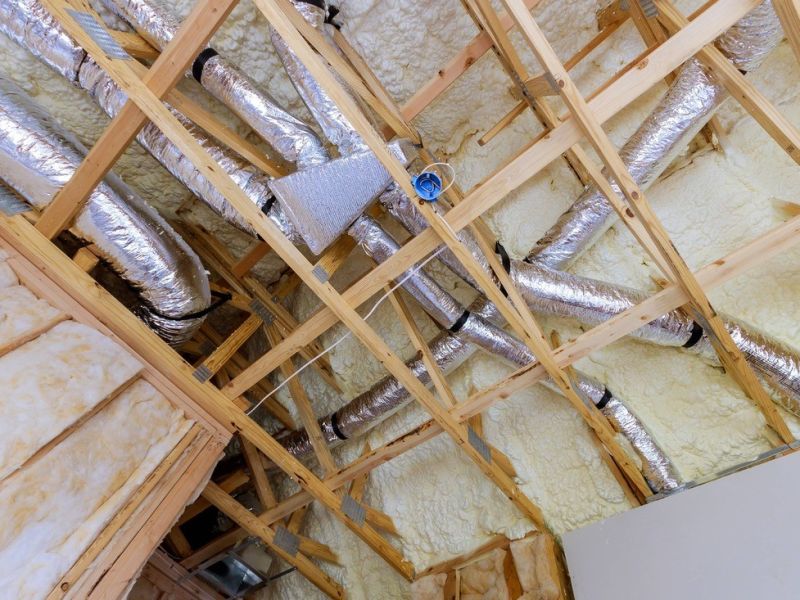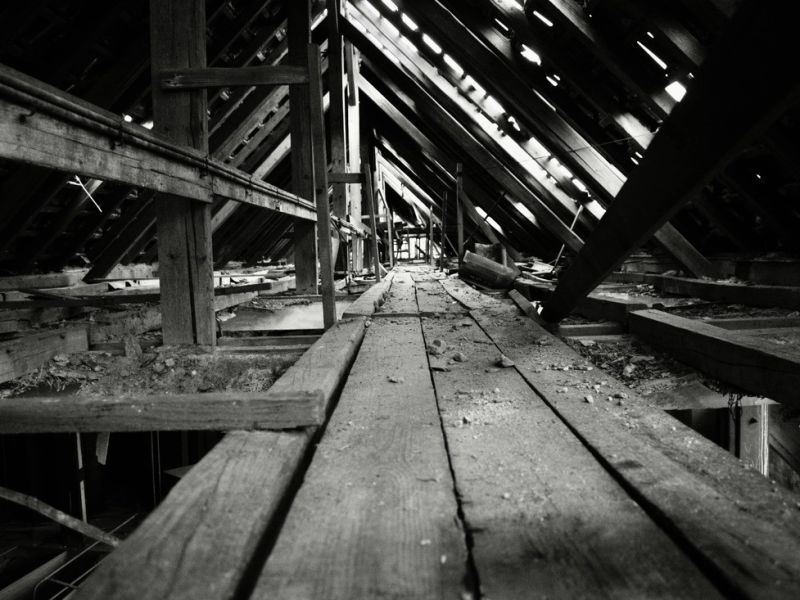
Introduction
Welcome to our comprehensive guide to attic soundproofing materials selection options. In this article, we will explore various soundproofing materials that can be used in the attic to minimize noise transmission. Whether you’re dealing with external noise pollution or trying to reduce sound transfer between rooms, we’ve got you covered. Read on to discover the best attic soundproofing materials and learn how to select the right options for your needs.
Attic Repair and Restoration
Attic repair and restoration are essential for maintaining a healthy and efficient living space. Issues like water damage, pest infestations, and structural problems can compromise the integrity of your attic. It’s crucial to address these issues promptly to prevent further damage. A professional attic repair service can assess the situation, provide necessary repairs, and restore your attic to its original condition.
Attic Insulation
One of the key aspects of attic repair and restoration is ensuring proper insulation. Attic insulation plays a vital role in maintaining a comfortable indoor temperature and reducing energy costs. There are various types of attic insulation materials available, including fiberglass, cellulose, and spray foam. Each material has its own pros and cons, so it’s important to consider factors such as R-value, moisture resistance, and installation method when selecting the right insulation for your attic.

Attic Cleaning and Pest Control
Attic cleaning is another important aspect of attic repair and maintenance. Over time, attics can accumulate dust, debris, and even pests. Regular cleaning and pest control measures are necessary to maintain a clean and healthy living environment. Removing any feces or debris left behind by pests like raccoons and opossums is crucial to prevent the spread of diseases and restore the attic’s cleanliness.
Attic Ventilation and Sealing
Proper attic ventilation is essential for maintaining good indoor air quality and preventing issues such as condensation and mold growth. Attic ventilation systems help regulate temperature and moisture levels, reducing the risk of damage to your attic and home. Additionally, sealing any air leaks in the attic can improve energy efficiency and prevent external noise from entering your living space.
Attic Waterproofing and Mold Removal
Water damage and mold growth can cause serious health hazards and compromise the structural integrity of your attic. Waterproofing your attic and promptly addressing any signs of mold growth are crucial for maintaining a safe and healthy living environment. Professional attic waterproofing and mold removal services can help mitigate these issues and prevent further damage.
Attic Soundproofing Materials
Now let’s dive into the topic of attic soundproofing materials. Soundproofing your attic can be a great way to reduce noise transmission from external sources or between different rooms in your home. Here are some popular attic soundproofing materials:
1. Acoustic Insulation
Acoustic insulation, also known as soundproof insulation, is specially designed to absorb and block sound waves. It comes in various forms, such as foam panels, rolls, or boards. Acoustic insulation is commonly used in walls, floors, and ceilings, including attics, to reduce noise transmission.

2. Mass Loaded Vinyl (MLV)
Mass Loaded Vinyl (MLV) is a dense, flexible material that offers excellent sound-dampening properties. It can be used as an additional layer of insulation in your attic or as a barrier behind walls and ceilings. MLV is effective at blocking airborne noises like traffic or loud music.
3. Acoustic Panels
Acoustic panels are sound-absorbing panels that can be installed on the walls or ceiling of your attic. They are typically made of materials like fabric-wrapped fiberglass or foam. Acoustic panels help reduce echo and reverberation, creating a more enjoyable and quieter space.
4. Green Glue
Green Glue is a viscoelastic compound that converts sound energy into heat, effectively reducing sound transmission. It can be applied between layers of drywall or plywood to create soundproof barriers. Green Glue is commonly used in attics, walls, and floors to minimize noise from adjacent rooms or external sources.
5. Soundproof Curtains
Soundproof curtains, also known as acoustic curtains or drapes, are made of dense and heavy materials that absorb sound. They can be easily installed in your attic windows or as partitions between different areas. Soundproof curtains are a cost-effective solution for reducing noise from outside sources like traffic or neighbors.
6. Soundproof Drywall
Soundproof drywall, also known as sound-damping drywall or quiet rock, is a type of drywall with enhanced soundproofing capabilities. It consists of multiple layers of gypsum and other sound-absorbing materials. Soundproof drywall can be used in the construction or renovation of your attic walls or ceiling to minimize noise transmission.
Choosing the Right Attic Soundproofing Materials
When selecting attic soundproofing materials, consider the following factors:
1. Noise Source
Determine the primary source of the noise you want to block or reduce. Different materials are more effective at attenuating specific types of noise. For example, acoustic insulation is great for blocking airborne sounds, while mass loaded vinyl (MLV) is more suitable for impact noises.
2. Budget
Consider your budget for attic soundproofing. Some materials, such as acoustic panels or soundproof drywall, may be more expensive than others. Determine how much you’re willing to spend and explore cost-effective options that still meet your noise reduction goals.
3. Installation Method
Check the installation requirements for different soundproofing materials. Some materials, like acoustic panels, can be easily installed with adhesive or nails. Others, like soundproof drywall, may require professional installation. Consider your DIY skills and the level of complexity involved in each material’s installation process.
4. Aesthetics
Take into account the visual impact of the soundproofing materials. Some materials, like acoustic panels or soundproof curtains, can be customized to match your attic’s decor. Others, like mass loaded vinyl (MLV) or insulation, may be less visible but still effective at reducing noise.
Frequently Asked Questions (FAQ)
What are common attic insulation issues?
How much does attic insulation cost?
Conclusion
Choosing the right attic soundproofing materials can greatly improve the comfort and tranquility of your living space. From attic repair and restoration to selecting the appropriate soundproofing materials, it’s important to take proactive steps to ensure a clean, well-insulated, and soundproof attic. By addressing any issues promptly and investing in quality soundproofing materials, you can create a peaceful environment that allows you to enjoy your home without unwanted noise distractions.
Sources:
– Common Attic Insulation Issues (and How to Fix Them)
– Impacts and Repair of Disturbed Blow-in Fiberglass Attic Insulation
– Attic Insulation Removal: Why It’s Important
– How Much Does Attic Insulation Cost?
– Why Is Attic Water Damage Restoration Necessary?
– Homeowner’s Guide to Attic Maintenance
– Houston Restoration Group (website)
